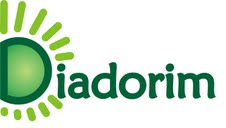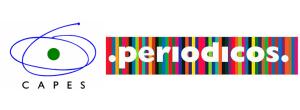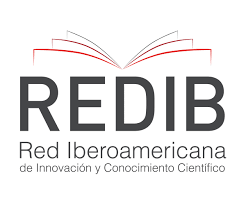A diferença em cena
uma pedagogia midiática em Smiley
DOI:
https://doi.org/10.9771/peri.v2i21.58822Resumo
Como uma breve reflexão sobre a comédia romântica Smiley, este texto se desenvolve considerando os elementos básicos que configuram o subgênero da obra, enfatizando o quanto esses elementos são utilizados através de um discurso que privilegia a diferença normativa, sobretudo, ao próprio campo de produção cinematográfica através de outras representações de gênero e sexualidade. Essa característica é considerada quando se analisa o caráter político e educativo deste produto cultural, que desafia os parâmetros discursivos tradicionais utilizados em seu subgênero cinematográfico. Para tal, são utilizados conceitos interdisciplinares nesta análise, aliando contribuições de Estudos Culturais e Estudos de Gênero, por exemplo, com o intuito de oferecer uma alternativa de leitura crítica sobre a construção e recepção de mensagens que estruturam a série. Dessa forma, a produção artística em questão é apontada, assim, como um artefato pedagógico significativo para a alfabetização midiática que promova deslocamentos importantes nos parâmetros sociais e culturais.
Downloads
Downloads
Publicado
Como Citar
Edição
Seção
Licença
Copyright (c) 2025 George Souza de Melo

Este trabalho está licenciado sob uma licença Creative Commons Attribution-NonCommercial 4.0 International License.
Autores que publicam nesta revista concordam com os seguintes termos:
Autores mantêm os direitos autorais e concedem à revista o direito de primeira publicação, com o trabalho simultaneamente licenciado sob Licença Creative Commons Attribution Noncommercial que permite o compartilhamento do trabalho com reconhecimento da autoria e publicação inicial nesta revista, sendo vedado o uso com fins comerciais.
Autores têm autorização para assumir contratos adicionais separadamente, para distribuição não-exclusiva da versão do trabalho publicada nesta revista (ex.: publicar em repositório institucional ou como capítulo de livro), com reconhecimento de autoria e publicação inicial nesta revista.
Autores têm permissão e são estimulados a publicar e distribuir seu trabalho online (ex.: em repositórios institucionais ou na sua página pessoal) a qualquer ponto antes ou durante o processo editorial, já que isso pode gerar alterações produtivas, bem como aumentar o impacto e a citação do trabalho publicado (Veja O Efeito do Acesso Livre).








